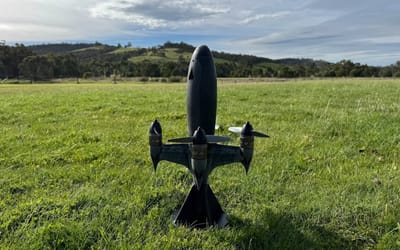2,400-year-old ‘world’s oldest’ shipwreck discovered intact a mile below sea level
- The world’s oldest shipwreck has been found
- It was almost 2km (1.25 miles) below the surface of the Black Sea
- While it’s perfectly preserved, more funds are needed to dive back down and discover more
Published on May 10, 2024 at 8:30 PM (UTC+4)
by Amelia Jean Hershman-Jones
Last updated on May 10, 2024 at 8:30 PM (UTC+4)
Edited by
Kate Bain
A contender for the world’s oldest shipwreck has been found almost 2km (1.25 miles) below the surface of the sea.
The mysterious 2,400-year-old vessel is thought to have been lying on its side on the sea floor, perfectly preserved since 400 BC, according to carbon dating.
The discovery was made by an Anglo-Bulgarian team in 2017 – and since then astounding footage has surfaced.
READ MORE! The truth about mysterious Bermuda Triangle where planes and ships ‘disappear’
Academics from the University of Southampton worked alongside the National Institute and Museum of Archaeology, and the Centre of Underwater Archaeology in Bulgaria.
What’s thought to be a 23 m (75ft) Greek trading vessel was found off the Bulgarian coast in the Black Sea.
It snatched the official title of the world’s oldest known intact shipwreck
Eerily enough, the rudder, rowing benches, and even the contents of its hold are still as they were when the vessel disappeared beneath the waves.
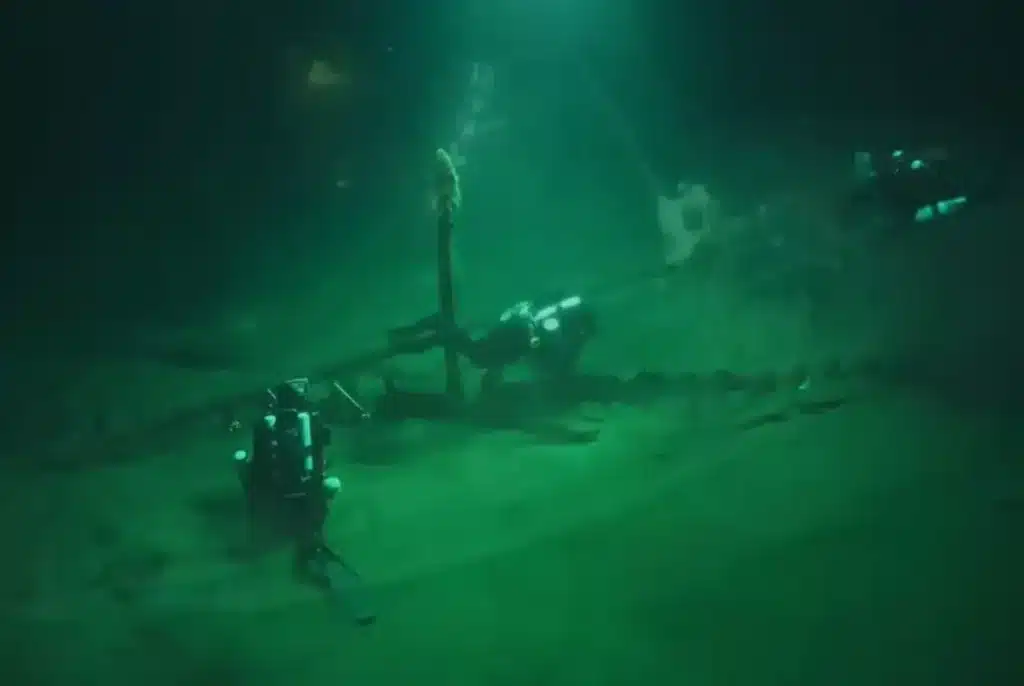
So why hasn’t this organic material rotted, as is usually the case on shipwrecks?
It’s all down to the lack of oxygen at the depth it was found at.
This allows organic material to be preserved for the long term.
In fact, it can stay as-is for thousands of years, beyond the reach of even modern divers.
The Black Sea Maritime Archaeology Project (Black Sea MAP) surveyed over 2,000 sq km of the seabed using advanced mapping technology.
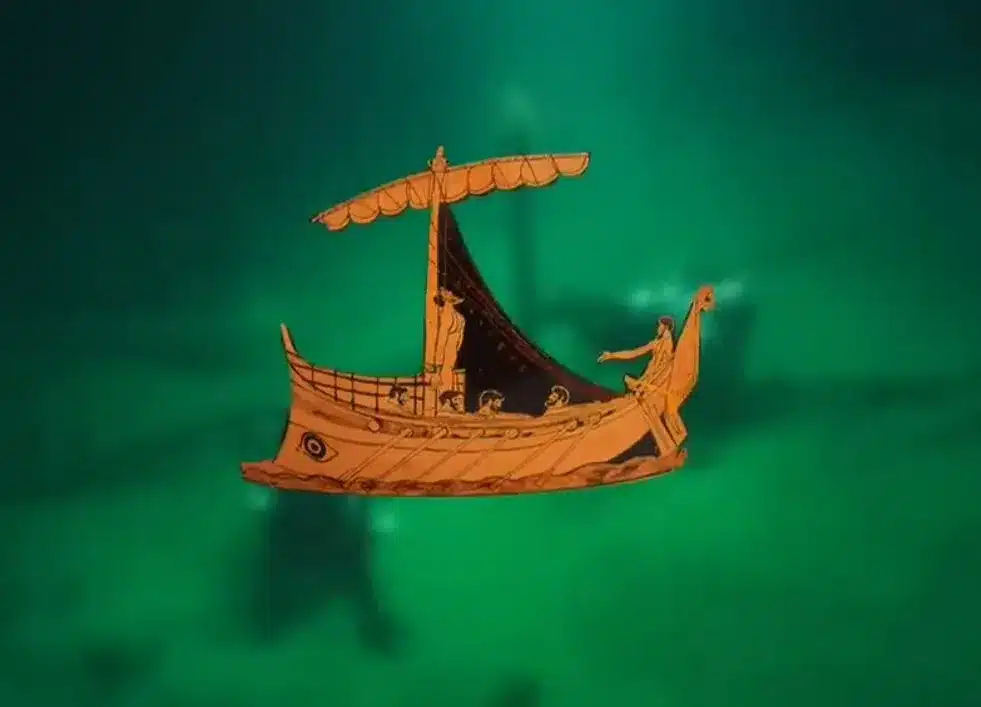
This search located 65 shipwrecks, including a 17th-century Cossack raiding fleet and Roman trading vessels that still had their amphorae (wine containers) nearby.
If you’ve ever seen ancient Greek pottery, this merchant ship is like one of the ships you’d commonly see on the side.
Helen Farr, who was on the expedition, described the wreckage as coming from ‘another world’ when she spoke to the BBC.
“It’s when the ROV [remote operated vehicle] drops down through the water column and you see this ship appear in the light at the bottom so perfectly preserved it feels like you step back in time,” she said.
The discovery of an intact ship from the Classical world was previously believed impossible and is invaluable in terms of historic significance.
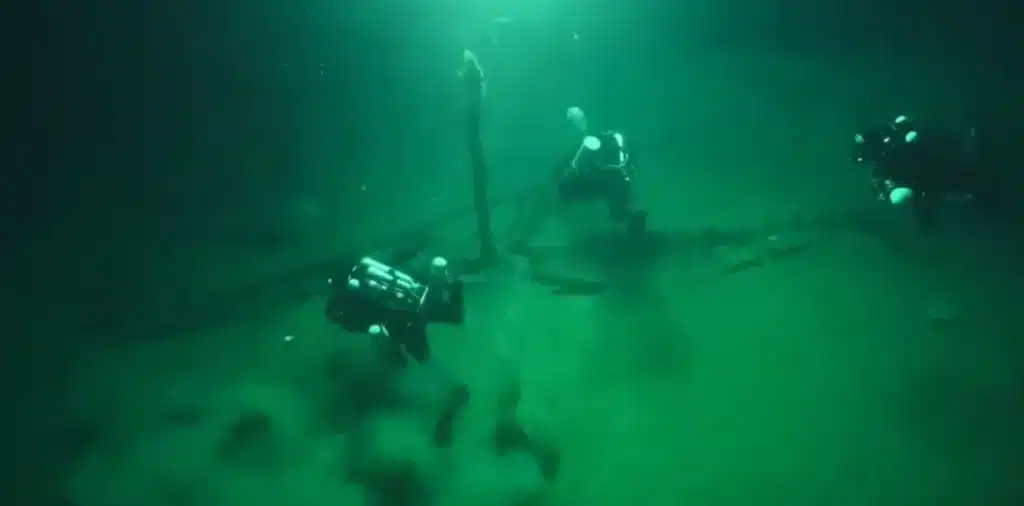
“This will change our understanding of shipbuilding and seafaring in the ancient world,” Jon Adams, professor of archaeology at the University of Southampton and Black Sea MAP’s principal investigator, said on the institution’s website.
However, as epic as the find is, the team will need more funding in order to return to those depths and find out more.
And, until then, the content of the cargo hold will remain a mystery.
What is certainly valuable, is this separate ‘Holy Grail’ shipwreck, worth $20 billion, that is set to be raised from the ocean floor off the coast of Colombia.
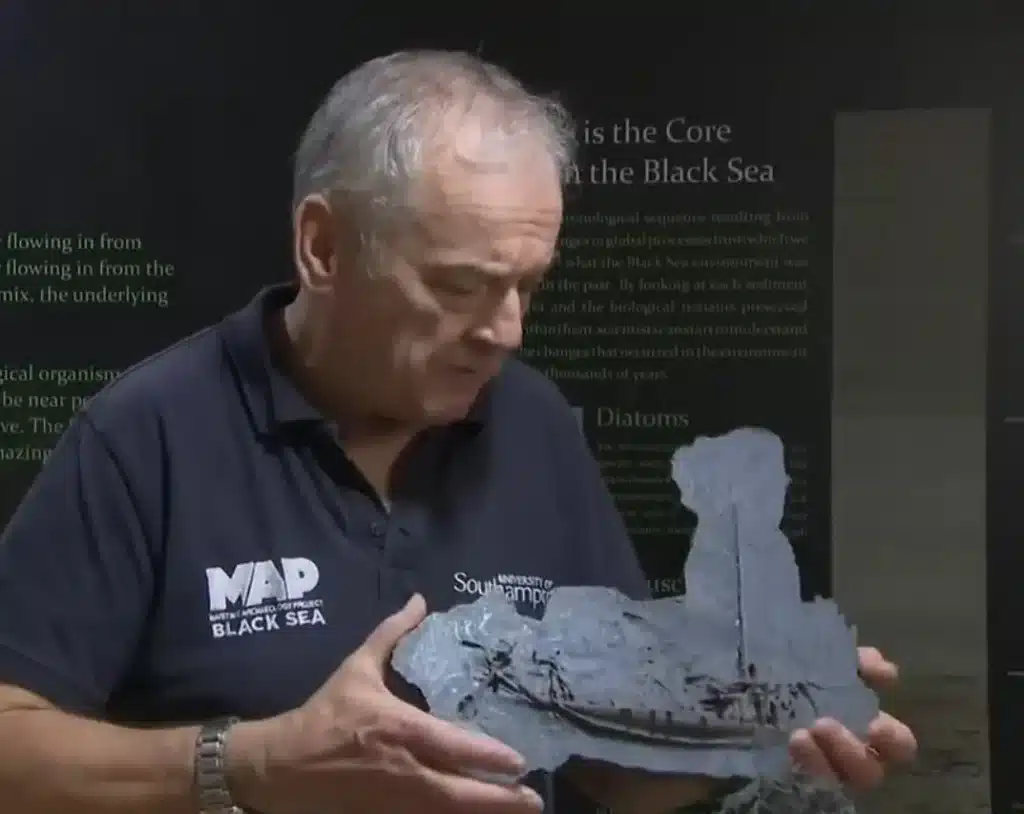
“Normally we find amphorae (wine vases) and can guess where it’s come from, but with this it’s still in the hold,” said Farr of the Black Sea find.
“As archaeologists, we’re interested in what it can tell us about technology, trade, and movements in the area.”
In similar news, this more modern, yet huge ship that mysteriously went missing 120 years ago was recently found in Australia.
From a similar era, this mysterious 32-crew ship that vanished without a trace has finally been discovered after a century.
DISCOVER SBX CARS: The global premium car auction platform powered by Supercar Blondie
All Supercar Blondie contributors undergo editorial review and fact-checking to ensure accuracy and authority in automotive journalism. After gaining her BA Hons in French and English at the University of Nottingham, Amelia embarked on a vocational diploma from the National Council for the Training of Journalists (NCTJ). This led to numerous opportunities, from interning at Vogue to being on the small team that launched Women’s Health magazine in the UK, which was named the PPA Consumer magazine of the year for three years running. As Health, Beauty and Fitness editor, Amelia personally received a Johnson & Johnson Award and was shortlisted for both PPA and BSME titles. Since then, Amelia has created content for numerous titles and brands, including the Telegraph, 111 Skin, Waitrose, Red magazine, Stylist, and Elle, as well as being Head of Content at Vitality and Editor in Chief at INLondon magazine. “My superpower is translating technical jargon about the mechanical workings of a supercar into a relatable story you’ll want to share with your friends after you’ve read it.” After joining the SB Media family as a senior journalist in September of 2023, Amelia’s role has evolved to see her heading up the SEO output of the editorial team. From researching the most ‘Google-able’ key terms to producing evergreen content - it’s been a time of hard work, growth, and success for the editorial team and the Supercar Blondie website. “I like to think of myself as a ‘method journalist’. In other words: I live and breathe whatever I am writing about. When writing about fitness, I trained as a personal trainer, and as a beauty editor, I completed an ‘expert’ in scent diploma with the Fragrance Foundation. “During my tenure at Supercar Blondie, however, I did something I never thought possible: I passed my driving test at the age of 36. One day I’d love to train as a mechanic to better understand what happens under the hood, too. “My sweet spot is providing readers with a ‘takeaway’ (read: something new they didn’t know before) after reading every one of my stories. While I don’t claim to be an expert in the automotive world, I know the experts and bodies in the field to rely on to provide our readers with an informative and thought-provoking story every time they visit the site.”


